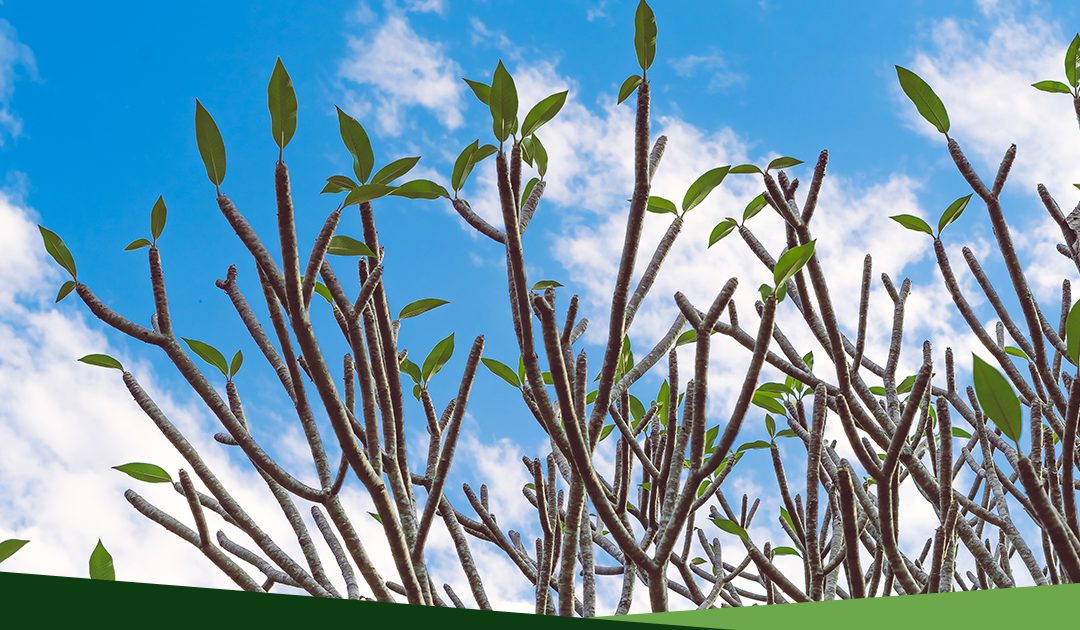Tree canopy thinning is the process of removing the smaller branches of the tree to enable light and wind to go through the tree crown. It is a similar process to crown thinning but is less significant and provides more benefit to the tree owner than the tree itself.
When do we thin the canopy of a tree?
Tree canopy thinning is also known as tree canopy reduction and leaves the basic dimensions of the tree the same, but simply thins the canopy for practical purposes. These purposes are numerous but some examples are;
- Allowing for sunlight to get through the canopy of the tree, this can increase the light that is getting to windows and or the sunlight that is reaching grassed areas or lower storey gardens.
- Allowing for wind penetration. This can be for safety reasons, to ensure that the tree does not fall over in a fierce storm, or to enable breeze to get through the tree for lifestyle purposes.
- Tree management after crown thinning or overzealous pruning. Epicormic growth can be managed with tree canopy thinning, as can crossing branches.
- Promote growth in the tree. Good tree canopy thinning can promote growth within the tree and contribute to the overall health of the tree.
Do I need an arborist to thin the canopy of my tree?
A professional arborist is not necessarily required to thin the canopy of your tree however it is advisable. If you are able to access the trees canopy in a safe way, the ground access is stable and you have the appropriate safety equipment then you can thin the trees canopy yourself.
Points to consider are;
- Remove branches that are 5cm thick or smaller
- Avoid “lions tailing” your branches; ie removing the inner branches and leaving a foliage tuft on the end. This will cause a proliferation of epicormic growth and is counterproductive to the endeavour of canopy thinning.
- Cut branches at a slight angle from the parent wood and never cut into the main limb leaving a potential entry point for disease and fungus.
- The best seasons to thin the canopy are Autumn and Winter when the tree is dormant; however, in our subtropical climate trees can grow all year round so choose the time they grow the least.
- Trim only 10-15% of the canopy of the tree to prevent weakening the tree and suboptimal new growth.
Calling the arborist
If you are not able to access the canopy of your tree or do not have the right safety equipment or experience it can be well worth the investment of calling in the professional arborist and their team. What may take you a whole day, and be a very dangerous endeavour, can often be done in an hour with the right tools, knowledge and equipment.
An arborist will also be able to prune the tree in a way that encourages growth in the direction that you want. They will make sure that the tree is healthy, disease-free and is growing optimally.
The experienced arborists at King Landscapes are experts at tree canopy management. They can provide a free onsite quote and are fully insured and experienced for all tree services. Most trees that we prune or manage the canopies on are very tall gum trees; with the correct tools, this is a simple and safe task. Don’t take the risk of attempting to trim these large trees yourself; get in touch with our friendly team on 07 5530 2177 to arrange an obligation free quote.


Recent Comments